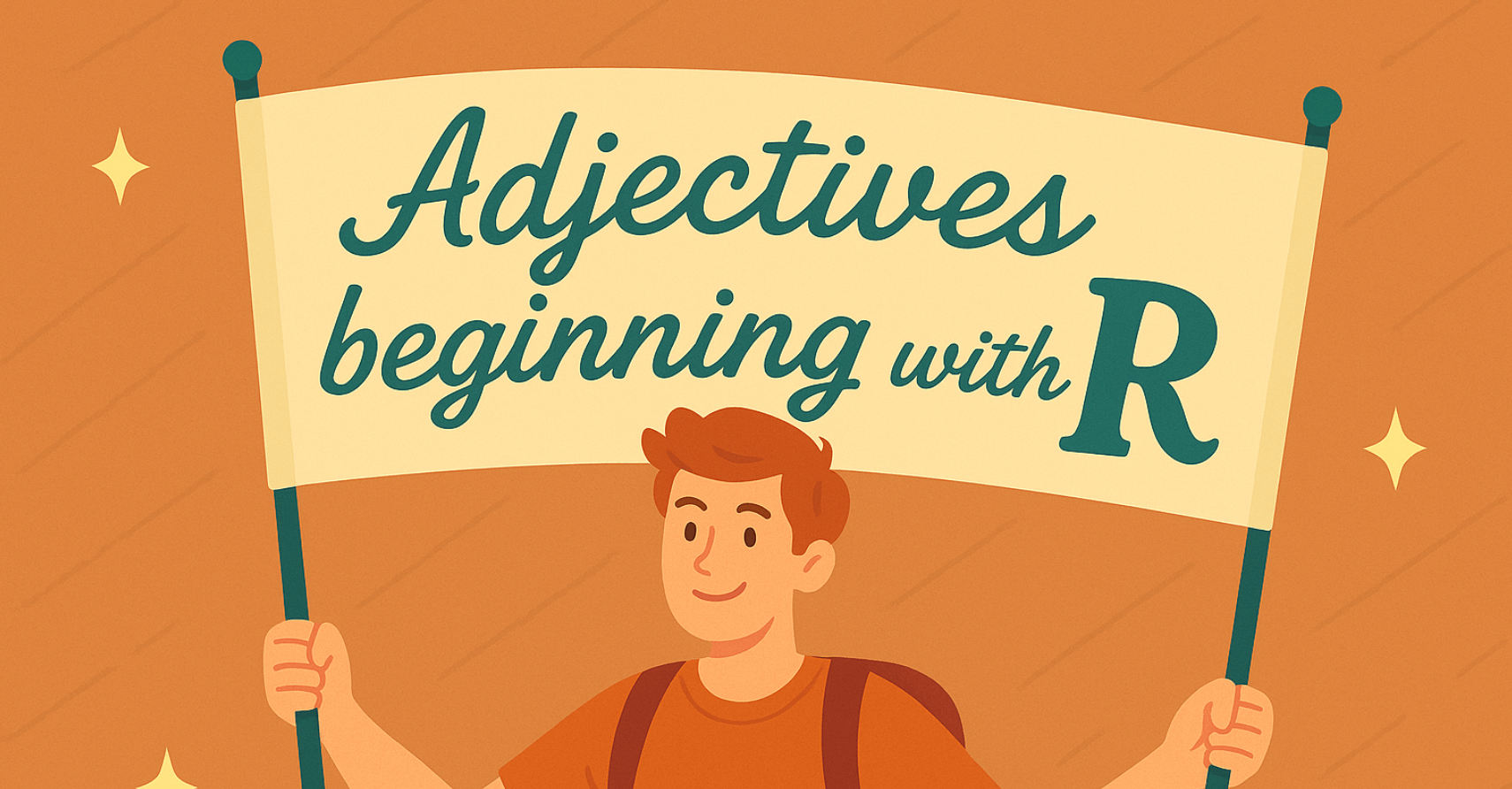Clichés are every writer’s worst enemy. They’re like that old sweater you love but know you should probably retire. Sure, they’re comfortable, but they don’t do your story any favors. Whether it’s the “damsel in distress” or the “love triangle,” using clichés can make your writing feel stale and predictable. To truly captivate your audience, it’s crucial to avoid cliches and deliver unique, engaging stories. But don’t worry—every writer stumbles into them at some point. The good news? You can break free from these overused tropes and bring your story to life in a fresh, original way. Ready to ditch the clichés and create something unique? Read more!
What Are Writing Clichés? And Why Should You Avoid Them?
Writing cliches are those overused ideas, phrases, or plot devices that make a story feel predictable and unoriginal. Think about the “reluctant hero,” the “love at first sight,” or the classic “mentor dies” trope. While they might have worked in the past, readers today are craving fresh ideas and new twists.
Why should you avoid clichés? Simply put, they can make your story blend into a sea of sameness. If readers feel like they’ve seen your plot, characters, or dialogue many times before, they might lose interest quickly. Good writing surprises, engages, and offers something different from the norm. Avoiding clichés forces you to think creatively, giving your story originality that will capture your readers’ attention.
Pro tip: If you’re reading back through your work and think, “Hmm, this sounds familiar,” it’s probably a cliché. Time to rethink that scene or character!
Your Publishing Journey Awaits – Start NowIdentify Common Clichés in Your Genre
Every genre comes with its own set of well-worn tropes that can quickly veer into cliché territory if not handled carefully. Romance? There’s the infamous love triangle or the brooding bad boy who magically changes for the right girl. Sometimes, authors might even opt to avoid a typical love story altogether to create unexpected narrative twists. Fantasy? You’ve likely come across the “chosen one” destined to save the world, or the grizzled mentor who teaches them the ropes. In thrillers, how many times have you seen the “ticking clock” race against time?
The trick is not to avoid these familiar elements altogether but to approach them with fresh eyes. Consider giving that “chosen one” a twist, or deconstruct the love triangle by giving it unexpected stakes. Recognizing the clichés specific to your genre will help you avoid falling into unoriginal patterns and push you to explore new ways of telling your story.
Pro tip: Research books in your genre and pay attention to the common plot devices. Then, brainstorm how you can twist those familiar elements into something fresh and unique.
How to Spot Clichés in Your Own Writing
Identifying clichés in your own writing can be tricky because they often sneak in without you realizing it. You might be so caught up in the flow of your story that you don’t notice when you’ve fallen into familiar, overused territory. But don’t worry—there are ways to spot them.
Start by asking yourself, “Have I seen this before?” If a character feels like a copy of someone you’ve read about a dozen times or a plot twist seems predictable, you may have stumbled into cliché territory. Also, be wary of common expressions or stock phrases—things like “her heart pounded in her chest” or “he was as cold as ice” often signal that your writing could benefit from more originality.
Another strategy is to get feedback from beta readers. They can provide a fresh perspective and point out moments where your characters or plot feel a bit too familiar. Sometimes we’re too close to our own work to notice these patterns.
Pro tip: When you spot a potential cliché, ask yourself how you can add a twist or subvert it to make it feel fresh. Clichés can become opportunities for originality with just a bit of creativity! Ensure that every literary device you use makes sense and contributes meaningfully to your narrative.
Refreshing Old Ideas: Turning Clichés into Something New
Not all clichés are bad; they exist for a reason—they’ve resonated with readers for generations. The trick is to take these familiar ideas and breathe new life into them, ensuring that every narrative choice helps push the plot forward. Instead of avoiding clichés altogether, think about how you can flip the script or add an unexpected twist.
For example, take the well-worn love triangle. Rather than the typical “who will they choose?” dynamic, what if all three characters decide not to choose anyone at all? Or, instead of the “chosen one” trope, what if your protagonist is chosen, but actively rejects the role, forcing another character to step into the spotlight?
Another approach is to mix genres or combine unexpected elements. Maybe your fantasy world is filled with magical creatures—but instead of being mystical and majestic, they’re bureaucrats with mundane, everyday problems. It’s all about pushing the boundaries and making your reader see familiar concepts in a new light.
Pro tip: Don’t be afraid to break the rules. Clichés can be a great foundation for innovation if you’re willing to experiment and twist them into something that feels fresh and unique.
Developing Unique Characters to Avoid Clichés
One of the easiest ways to avoid clichés in your writing is by creating original, multidimensional characters. A flat, one-dimensional character can quickly fall into cliché—whether it’s the brooding anti-hero, the damsel in distress, or the wise old mentor. Instead, focus on developing characters that feel real, with unique traits, motivations, and flaws.
Ask yourself: What makes my character stand out? What drives them beyond the typical tropes? Give your characters unexpected goals, quirks, or conflicts that defy expectations. For example, instead of the classic “perfect love interest,” create someone who has insecurities or makes mistakes that challenge your protagonist in unexpected ways. Sometimes, this could mean the protagonist chooses the wrong person, leading to eventual regret and deeper character development.
Backstory is another powerful tool for making your characters feel fresh. Rather than defaulting to the usual tragic past, consider a backstory that’s rich and complex but doesn’t rely on tired tropes. Maybe your protagonist didn’t lose their family in a dramatic accident, but instead grew up in an ordinary household, giving them unique challenges or perspectives.
Pro tip: Think of your characters as real people, not just plot devices. The more authentic they feel, the less likely they’ll fall into cliché traps. Original characters make for original stories!
Crafting Plot Twists Without Falling into Cliché
Plot twists are meant to surprise and delight your readers, but if they’re too predictable, they’ll have the opposite effect. The “it was all a dream” twist, or the “secret villain was a trusted ally all along” are prime examples of plot twists that have been done to death. To avoid falling into cliché, the key is crafting twists that feel unexpected yet believable.
The best plot twists are ones that, in hindsight, make perfect sense but weren’t obvious to the reader along the way. Start by planting subtle clues throughout your story—hints that, when the twist is revealed, cause readers to think, “Of course!” without feeling tricked. Another approach is to reverse reader expectations. For example, if you set up a character as the obvious villain, turn the tables, and reveal their true motives in a way that feels fresh and logical.
Also, avoid overcomplicating your plot twists. A common mistake is thinking that more twists equal a better story, but if they’re not well thought out, you risk confusing your readers or veering into implausibility.
Pro tip: Great plot twists don’t just shock—they elevate your story and give it new depth. Keep your readers guessing, but ensure the twist feels earned and organic to the story.
Editing for Clichés
Book editing is a crucial step in the writing process, and it’s essential to keep an eye out for clichés during this stage. Here are some tips for editing clichés:
Take a Break from Your Writing: Before you start editing, take a few weeks off from your manuscript. This will help you approach your work with fresh eyes and make it easier to spot clichés. Distance can provide a new perspective, allowing you to see your writing as a reader would.
Read Your Work Aloud: Reading your work aloud can help you identify clichéd phrases and expressions that sound cheesy or unoriginal. Hearing the words can highlight areas that feel too familiar or overused.
Use a Style Guide: A style guide can help you identify and avoid clichés in your writing. For example, the Chicago Manual of Style has a section on clichés and how to avoid them. This can be a valuable resource for refining your language and ensuring originality.
Get Feedback from Others: Ask beta readers or writing groups to review your work and provide feedback on clichés. Sometimes, others can spot clichés that you may have missed. Fresh eyes can catch what you might overlook.
Use a Thesaurus: A thesaurus can help you find alternative words and expressions to avoid clichés. It’s a handy tool for diversifying your language and keeping your writing fresh.
By following these tips, you can help ensure that your writing is original, engaging, and that you avoid clichés that can make your work seem unoriginal and predictable.
Breaking Free of Clichéd Dialogue and Descriptions
Clichés aren’t just found in plotlines—they can easily slip into your dialogue and descriptions as well. Common phrases like “her heart raced” or “he was as cold as ice” are often overused and can make your writing feel stale. To avoid this, aim to make your descriptions and dialogue as unique and specific to your characters and scenes as possible.
For dialogue, think about how real people talk. Does your character really need to say, “It’s not you, it’s me,” or can they express their feelings in a more genuine, authentic way? Try to give your characters their own voices, reflecting their unique backgrounds, personalities, and experiences. This adds authenticity and keeps conversations from sounding like recycled lines from other books.
When it comes to descriptions, be careful with stock phrases and imagery. Instead of saying someone’s heart pounded in their chest, describe their anxiety in a fresh way that paints a more vivid picture for the reader. Descriptions should enhance the story, not repeat tired metaphors that readers have seen countless times before.
Pro tip: Fresh dialogues and descriptions not only keep your readers engaged, but they bring your characters and world to life. Ditch the clichés and let your words reflect the individuality of your story.
Avoid Cliches in Book Writing: Embrace Originality and Avoid the Pitfalls of Clichés
Avoiding clichés is an essential part of good writing. By understanding what clichés are, how to identify them, and how to avoid them, you can create original and engaging stories that capture your readers’ attention. Remember, clichés can be used intentionally to create a specific effect, but in general, it’s best to avoid them to make your writing stand out.
By using specific, descriptive language, adding depth and complexity to your characters, and avoiding overused plot lines, you can create a unique and compelling story that will keep your readers engaged. Don’t be afraid to take risks and try new things – it’s often the best way to create a truly original story.
And remember, avoiding clichés is not just about avoiding certain phrases or expressions – it’s about creating a story that is true to your vision and your characters. By staying focused on your story’s originality and avoiding clichés, you can create a work of classic literature that will be remembered for years to come.
Pro tip: Originality isn’t about avoiding familiar ideas—it’s about presenting them in a way that feels uniquely yours. With Spines, you can transform your creative vision into a polished masterpiece. Our cutting-edge tools and expert guidance help you craft stories that stand out, resonate, and stay cliché-free. Start your publishing journey today with Spines, where your originality takes center stage!
Your Publishing Journey Awaits – Start Now






